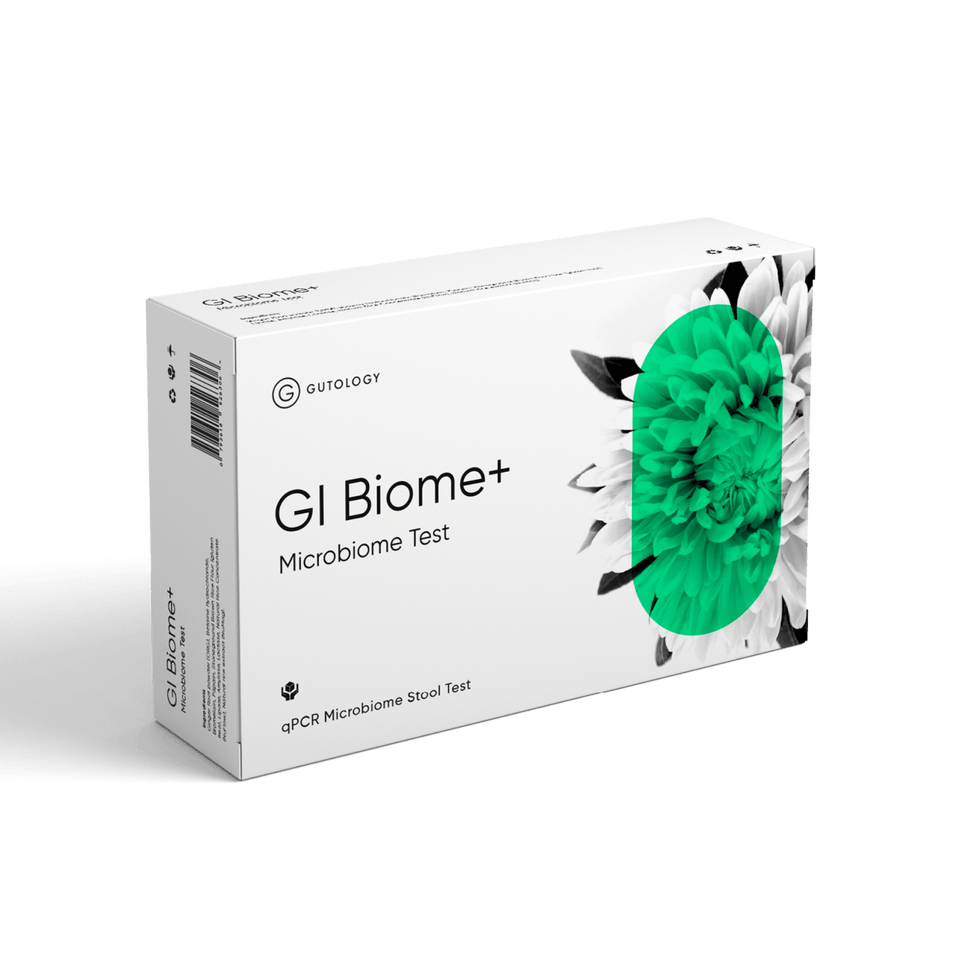We all want to keep our homes clean, especially when little ones are crawling across the floor or constantly putting toys in their mouths. Disinfecting has become part of our daily routine, especially since the pandemic. But while keeping germs at bay feels like a no-brainer, a new study suggests we may want to think twice about the types of cleaning products we’re using - particularly when it comes to our children’s health.
A recent systematic review and meta-analysis, published in Environmental Health,1 has linked frequent use of conventional household cleaning agents with a higher risk of asthma in children. This study adds to a growing body of research suggesting that the air quality inside our homes, and the chemicals we use to maintain them can have lasting effects on respiratory health.
What Did the Research Find?
The study titled “Household cleaning agents’ impact on pediatric asthma: a systematic review and meta-analysis” examined data from 41 peer-reviewed studies, encompassing over 1.5 million children. Researchers found a consistent association: the more often children were exposed to chemical-based disinfectants, the more likely they were to develop asthma or experience respiratory symptoms such as wheezing, coughing, and shortness of breath.
This isn’t about a one-off spray-down after someone sneezes, this is about long-term, routine exposure to chemical cleaning products used daily or weekly over months or years. These effects were particularly pronounced in enclosed, poorly ventilated spaces, like bathrooms, small kitchens, and even nurseries.2
What’s in These Cleaning Products?
Many conventional disinfectants contain powerful ingredients designed to kill bacteria and viruses, but these same compounds can irritate delicate lung tissue, especially in children whose respiratory systems are still developing. Here are some common culprits:
- Ammonia: A potent chemical that can cause throat and lung irritation.
- Bleach (sodium hypochlorite): While effective, its fumes are harsh and can trigger asthma-like symptoms.
- Quaternary Ammonium Compounds (“quats”): Found in many disinfecting sprays and wipes, these have been associated with occupational asthma in cleaning professionals.
- Volatile Organic Compounds (VOCs): Found in many fragranced cleaning products, VOCs can contribute to indoor air pollution and respiratory irritation.3,4
It’s important to note that these ingredients aren’t dangerous to everyone, but the new research highlights that for some, especially children, the cumulative effect of repeated exposure could carry consequences.
Why Are Children More Affected?
Children breathe more rapidly than adults and spend more time on or near the ground, right where cleaning products are most often applied. Their airways are also smaller and more sensitive, making them more vulnerable to irritation. Over time, consistent exposure to chemical cleaning agents can lead to inflammation, which in turn may increase the likelihood of developing respiratory conditions.5,6
In households with a family history of asthma or allergies, the risk may be even more pronounced.
The Safer Choice: Natural Cleaning Alternatives
So, what can we do? Fortunately, it’s not about eliminating cleanliness, it’s about cleaning smarter.
Natural cleaning products, many of which are plant-based or made from common household ingredients like vinegar, baking soda, lemon juice, and essential oils, offer a much gentler alternative. These products clean effectively without introducing harsh chemicals into your living space.
Here are a few simple swaps you can make:
- Vinegar and Water Spray: Great for windows, countertops, and even bathrooms.
- Baking Soda: Excellent for scrubbing sinks, bathtubs, and removing odours.
- Essential Oils like tea tree, lavender, and lemon: Add natural antibacterial properties and a fresh scent, without synthetic fragrance.7
When choosing a product, look for labels that say “fragrance-free,” “non-toxic,” or “plant-based.” Transparency matters, so avoid vague ingredient lists and always prioritise good ventilation when cleaning.
The Bottom Line: What’s Worth Remembering?
A clean home shouldn’t come at the cost of your family’s lung health. A growing number of studies show that long-term use of chemical cleaning agents may contribute to increased asthma risk, especially in children. Switching to natural alternatives is a simple but powerful way to protect your household and promote a healthier indoor environment.








